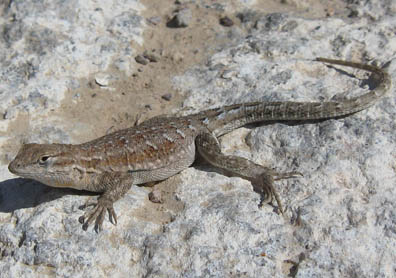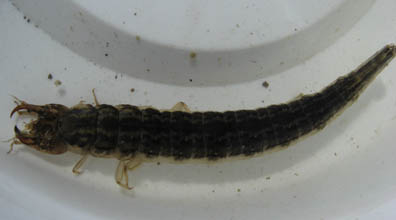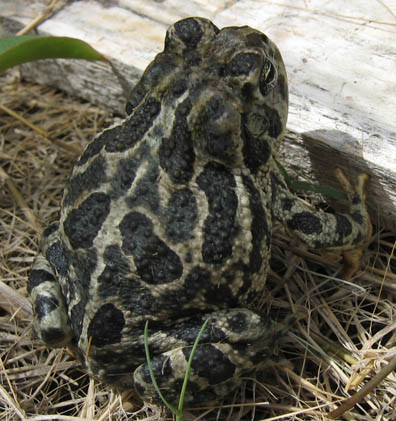8213 Wyatt Road
Broadview Heights, OH 44147
tim@thirdeyeherp.com

|
Oasis
This desert location has marshes, open water and native grass meadows. 
| Great Basin Gopher Snake Gopher Snakes are harmless, but often mistaken for rattlesnakes and unnecessarily killed. Gopher Snakes are considered to be beneficial to man because they mainly feed on rodents. 
Catching Rays
| A female Sideblotched Lizard hangs out on a rock. 
Invertebrate Break
| Every wonder what lives in a puddle of water in the middle of nowhere? Lets get "up close and personal" with some freshwater invertebrates. 
Water Boatman
| Water Boatmen are bugs that have long, flattened hind legs which they use as oars for swimming. 
Dragonfly Nymph
| It is interesting to watch a dragonfly nymph catch its prey consisting of small insects and tadpoles. It uses its scoop-like lower lip to reach out and grab its food. 
Beetle Jr.
| Predaceous diving beetle larvae have caterpillar-like bodies and large pinching mandibles. They are aggressive and even cannibalistic, but they mostly eat small fish. 
Water Mite
| With eight legs, water mites look like tiny spiders, but closer inspection will show that they only have one body part (unlike spiders, which have two). 
Toad Time
| The second "lifer" I found on the trip was this young Great Plains Toad. 
Toad Two
| It wasn't long before I came across another Great Plains Toad in the same area. They commonly inhabit irrigated agricultural areas and natural waterways. Click here to see another pic 
Third Toad's A Charm
| On previous trips to the desert, the only species of toad I found were Red-Spotteds - it was pretty exciting to finally see something new. Click here to see a video of this amphibian's defensive behavior 
Desert Dweller
| The Desert Hairy Scorpion is the largest scorpion native to North America (shown here with a dime for a size reference). Click here to see another photo |
